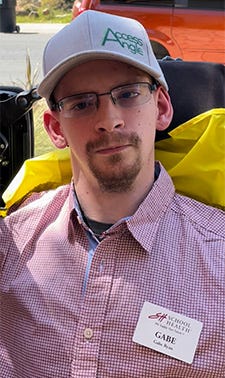The Opioid Crisis: Be Prepared for the Unexpected
- By School Health
- Nov 14, 2023
- 0 Comments


Did you know that over 10 million people abuse prescribed opioids every year? According to the CDC, 1 in 7 high school students report that they have misused opioids at least once in their lifetime. The opioid crisis is a problematic pattern that can affect anyone regardless of race, gender, income level, or social class. Many of these incidents take place in educational settings, which is the one place where children should be safe. This makes it crucial that staff and students know what to do in the event of an overdose, share knowledge, and recognize the warning signs beforehand.
The Importance of Overdose Education in Schools
Detailed and comprehensive training within schools can empower the overall community to respond effectively to an overdose situation. Providing education about the dangers of opioids, along with how to prevent addiction and misuse, is an important initiative that schools can implement during this ongoing epidemic. Evidence-based prevention programs also have the ability to benefit schools by raising awareness and educating the overall school community about these drugs.
- Both students and staff can learn about the dangers of opioid misuse, how they can mitigate the risks in their environment, and ways to prevent addiction
- Schools can enforce an emergency plan outlining specific steps to be followed in the event of a drug overdose
- School communities can offer students support and guidance through addiction or recovery, promoting healthier coping mechanisms
What is Naloxone and Why Should Schools Have It?
Naloxone, also known as Narcan, is a medication used to rapidly reverse the effects of an opioid overdose. It works by binding to the same receptors in the brain that opioids bind to, reversing and blocking the harmful effects that occur during an overdose. It brings the fatal symptoms of an opioid overdose to a halt in a prompt, safe, and efficient manner. Typically administered as a nasal spray, this medication has the potential to restore normal breathing in the individual. Nevertheless, even if someone has received naloxone, they will likely still need professional medical attention to prevent a recurrence of symptoms. It’s important to acknowledge that naloxone only works if the person is suspected to have taken opioids. However, schools nationwide are prioritizing the implementation of it, with the goal of promoting safety and protecting students and staff. The Food and Drug Administration approved Narcan for non-prescription use in March of 2023, meaning that anybody has the ability to purchase it without a doctor's approval. Ever since, schools have been stocking naloxone in case of an emergency.
The Key Points of Naloxone
- Quick onset – Typically takes 1-5 minutes to restore normal breathing
- Safety – Not addictive and has low risk for adverse effects
- Over the counter - Accessible so that it is readily available for the people who need it
There are many steps that schools can take to prepare, prevent, and protect their community from opioid overdose. Overdose action plans should be thorough and involve a combination of education, support, and enforcement. School Health can help you get one step closer to saving a life with our new Naloxone Training Kits and other first aid necessities. Also, don’t forget to check out our recent webinar to learn more about this epidemic and what you can do to create a safer school environment, reducing the risk of opioid overdoses once and for all.
Resources
https://www.cdc.gov/museum/education/newsletter/2022/july/index.html
https://dph.illinois.gov/topics-services/opioids/idph-data-dashboard.html


